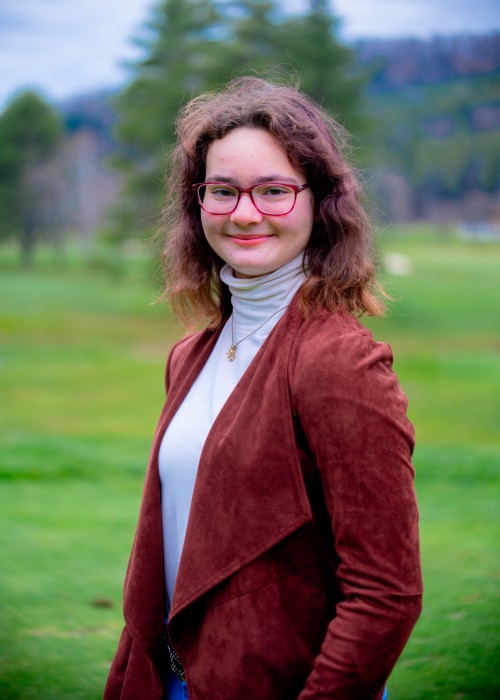Folks,
One of the great advantages of being a professor at Dartmouth College is working with the world’s best young students. However, Emily Dean is first my neighbor. I thought readers might be interested in a Q&A with Emily.
Dr. Ron: Emily, could you tell the folks how we met?
Emily: Dr. Ron and I have been neighbors for well over a decade and we both play a lot of golf. When I was looking at colleges to apply to, Dr. Ron introduced me to some Dartmouth students and we kept in contact. After my senior year, I took a gap year. When I started planning this gap year, I wanted to fill it with opportunities and things to do. So, I emailed Dr. Ron asking if he knew anyone at the Thayer School of Engineering who wanted an intern. He said that he’d be happy to have me be his intern. From there I’ve been able to work on projects for Dartmouth and some of the consulting Dr. Ron works on.
Dr. Ron: What about your work at Dartmouth?
Emily: I’ve been able to help out a lot at Dartmouth as the Head Teaching Assistant (TA) for Statistical Methods in Engineering, also known as ENGS 93 or simply 93. While spending all night grading late papers may not be the most fun activity, I love auditing courses and helping out with teaching. I’ve also been on the review board for the “Innovation and Entrepreneurship” class that Dr. Ron teaches. That course was all about how to found a company based on an invention and it covered everything from patent law to managing employees, different types of capital, and what makes a great leader. The final project was pitching the company to "investors" (the review board) and all of the projects were very fascinating.
Figure 1. Emily Dean at the Woodstock Country Club golf course.
Dr. Ron: Tell us about helping to write papers for SMT PanPac.
Emily: Helping to write technical papers for SMT PanPac tested my technical writing skills but was a fun task. I’ve written abstracts and posters for research that I did in high school, but this was a different format for a different audience. I got to help write the Shewhart Rules paper, the PhD-Innovation program paper, and the ‘Day in the Life of a Modern Epidemiologist’ paper. The latter two, I wrote essentially by myself from PowerPoint presentations. All of these were on vastly different topics, but luckily they all followed the same general format. Certain papers focused more on concepts—like the PhD-I paper—whereas others focused on explaining formulas and rationale behind their importance like the Shewhart Rules paper. I have a background that focuses primarily on microbiology and biochemistry, so the epidemiologist paper was the easiest to write, but all the papers were on fascinating topics. However, if there was a competition for fastest written paper, I think I would win that award. But just because I can write a paper in under two days, doesn’t mean I’d like to do it again.
Dr. Ron: You also developed an Industry 4.0 workshop.
Emily: Yes, that was an interesting project. I got to do a lot of in-depth research into different aspects of what Industry 4.0 is. There’s a lot of hype surrounding the term, so sorting through that to find the really important and usable information was a challenge. Another task was getting images for the presentation that actually helped contribute to the slides. No one wants to be reading bullet points the whole time. There weren’t a lot of good figures and charts that contributed information about I4.0. I had to do a lot of Google searches.
Dr. Ron: The presentation had a lot of great information on how Industry 4.0 could be implemented in a company to help them improve. What else have you been doing lately?
Emily: In addition to working for Dr. Ron, I’ve also been working for another Dr. Lasky—Jessica Lasky-Su (Dr. Ron’s daughter). Dr. Jessica works as a biostatistics researcher at Harvard and through Dr. Ron, I’ve had the opportunity to become an intern of hers. Right now we’re working on a manuscript about using metabolomic profiling to predict COVID-19 severity.
Dr. Ron: Finally, what’s your favorite project that you’ve worked on?
Emily: I can’t choose—they’ve all been great to work on.
I have taught over 3,000 students at Dartmouth.I would rank Emily along with the best of them!
Cheers,
Dr Ron

